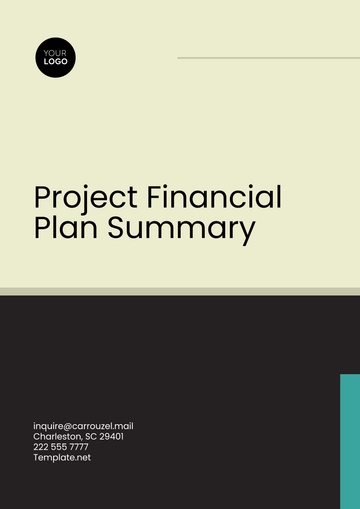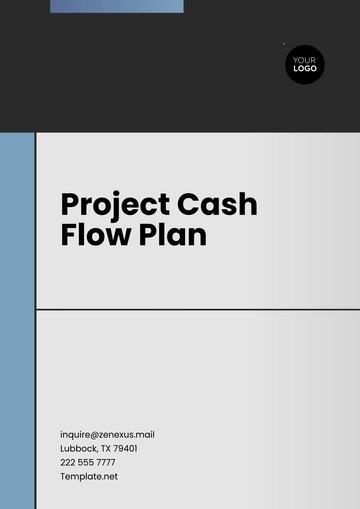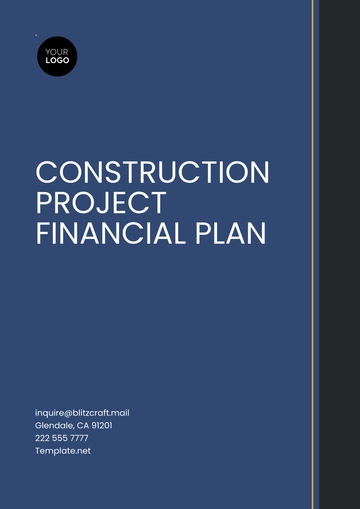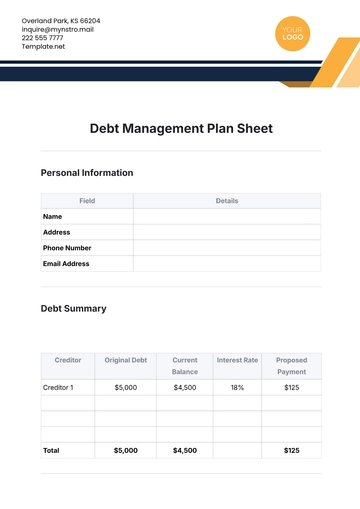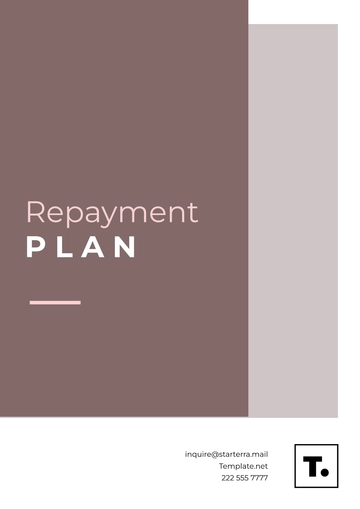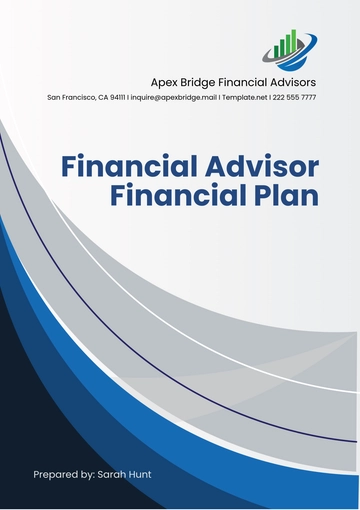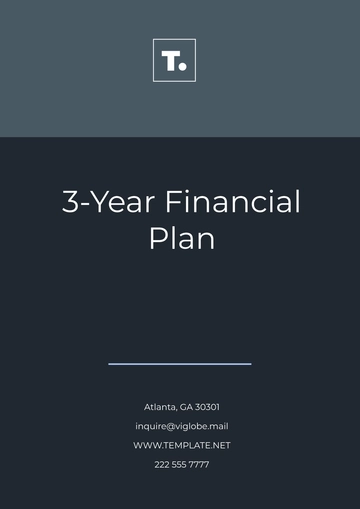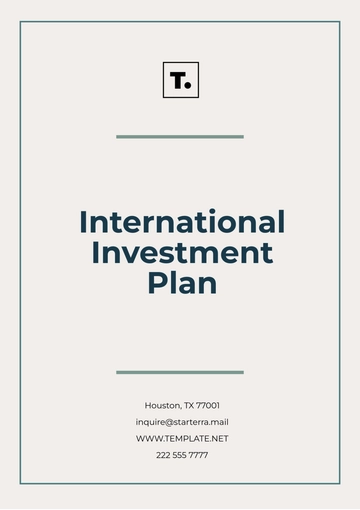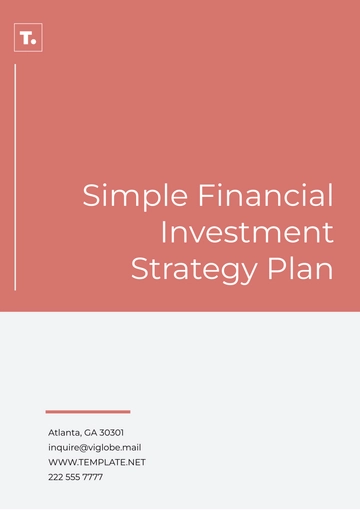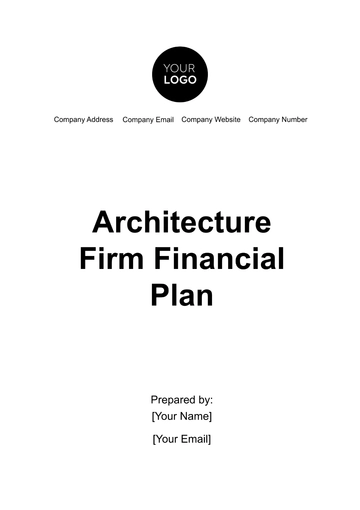Free E-commerce Financial Plan Format

Executive Summary
Provide a brief overview of the financial plan, including key financial objectives, anticipated growth, and a summary of the financial projections.
Business Overview
1. Company Description
Overview of the e-commerce business model
Key products or services offered
Target market and customer demographics
2. Mission Statement
A concise statement reflecting the company’s values and purpose.
Financial Objectives
Clear, measurable financial goals (e.g., revenue targets, profit margins, customer acquisition costs).
Market Analysis
1. Industry Overview
Trends and dynamics in the e-commerce sector
Market size and growth potential
2. Competitive Analysis
Overview of major competitors
Competitive advantages and differentiators
Revenue Model
1. Sales Forecast
Detailed projections of sales revenue over the next 3-5 years.
Breakdown by product category or service.
2. Pricing Strategy
Explanation of pricing models (e.g., fixed, dynamic, subscription).
Cost Structure
1. Startup Costs
Initial investment is required to launch the e-commerce business.
Breakdown of costs (e.g., technology, inventory, marketing).
2. Operating Costs
Ongoing expenses (e.g., hosting, fulfillment, customer service).
Fixed vs. variable costs.
Profit and Loss Statement
Projected Income Statement
Monthly or quarterly projections of revenues, costs, and net income for the first 3-5 years.
Key metrics such as gross profit margin and operating income.
Cash Flow Statement
Cash Flow Projections
Monthly cash flow forecasts for the first year.
Anticipated cash inflows and outflows.
Break-even Analysis
Calculation of the break-even point (when total revenue equals total costs).
Insights into how many units must be sold to cover costs.
Funding Requirements
1. Investment Needs
Total funding required and purpose (e.g., working capital, inventory).
Sources of funding (e.g., equity, loans).
2. Use of Funds
Detailed allocation of the funds received.
Financial Ratios
Key financial ratios to monitor financial health (e.g., liquidity ratios, profitability ratios).
Risks and Contingencies
Identification of potential financial risks and mitigation strategies.
Conclusion
Summary of the financial plan and its alignment with overall business strategy.
Appendices
Additional documents, charts, and data supporting the financial plan (e.g., detailed spreadsheets, and market research data).
- 100% Customizable, free editor
- Access 1 Million+ Templates, photo’s & graphics
- Download or share as a template
- Click and replace photos, graphics, text, backgrounds
- Resize, crop, AI write & more
- Access advanced editor
Streamline your financial management with the E-commerce Financial Plan Format Template from Template.net. This fully editable and customizable template allows you to create a detailed financial plan tailored to your business goals. Effortlessly adjust figures and sections using our AI Editor Tool, ensuring accuracy and relevance. Take control of your e-commerce finances today!
You may also like
- Finance Plan
- Construction Plan
- Sales Plan
- Development Plan
- Career Plan
- Budget Plan
- HR Plan
- Education Plan
- Transition Plan
- Work Plan
- Training Plan
- Communication Plan
- Operation Plan
- Health And Safety Plan
- Strategy Plan
- Professional Development Plan
- Advertising Plan
- Risk Management Plan
- Restaurant Plan
- School Plan
- Nursing Home Patient Care Plan
- Nursing Care Plan
- Plan Event
- Startup Plan
- Social Media Plan
- Staffing Plan
- Annual Plan
- Content Plan
- Payment Plan
- Implementation Plan
- Hotel Plan
- Workout Plan
- Accounting Plan
- Campaign Plan
- Essay Plan
- 30 60 90 Day Plan
- Research Plan
- Recruitment Plan
- 90 Day Plan
- Quarterly Plan
- Emergency Plan
- 5 Year Plan
- Gym Plan
- Personal Plan
- IT and Software Plan
- Treatment Plan
- Real Estate Plan
- Law Firm Plan
- Healthcare Plan
- Improvement Plan
- Media Plan
- 5 Year Business Plan
- Learning Plan
- Marketing Campaign Plan
- Travel Agency Plan
- Cleaning Services Plan
- Interior Design Plan
- Performance Plan
- PR Plan
- Birth Plan
- Life Plan
- SEO Plan
- Disaster Recovery Plan
- Continuity Plan
- Launch Plan
- Legal Plan
- Behavior Plan
- Performance Improvement Plan
- Salon Plan
- Security Plan
- Security Management Plan
- Employee Development Plan
- Quality Plan
- Service Improvement Plan
- Growth Plan
- Incident Response Plan
- Basketball Plan
- Emergency Action Plan
- Product Launch Plan
- Spa Plan
- Employee Training Plan
- Data Analysis Plan
- Employee Action Plan
- Territory Plan
- Audit Plan
- Classroom Plan
- Activity Plan
- Parenting Plan
- Care Plan
- Project Execution Plan
- Exercise Plan
- Internship Plan
- Software Development Plan
- Continuous Improvement Plan
- Leave Plan
- 90 Day Sales Plan
- Advertising Agency Plan
- Employee Transition Plan
- Smart Action Plan
- Workplace Safety Plan
- Behavior Change Plan
- Contingency Plan
- Continuity of Operations Plan
- Health Plan
- Quality Control Plan
- Self Plan
- Sports Development Plan
- Change Management Plan
- Ecommerce Plan
- Personal Financial Plan
- Process Improvement Plan
- 30-60-90 Day Sales Plan
- Crisis Management Plan
- Engagement Plan
- Execution Plan
- Pandemic Plan
- Quality Assurance Plan
- Service Continuity Plan
- Agile Project Plan
- Fundraising Plan
- Job Transition Plan
- Asset Maintenance Plan
- Maintenance Plan
- Software Test Plan
- Staff Training and Development Plan
- 3 Year Plan
- Brand Activation Plan
- Release Plan
- Resource Plan
- Risk Mitigation Plan
- Teacher Plan
- 30 60 90 Day Plan for New Manager
- Food Safety Plan
- Food Truck Plan
- Hiring Plan
- Quality Management Plan
- Wellness Plan
- Behavior Intervention Plan
- Bonus Plan
- Investment Plan
- Maternity Leave Plan
- Pandemic Response Plan
- Succession Planning
- Coaching Plan
- Configuration Management Plan
- Remote Work Plan
- Self Care Plan
- Teaching Plan
- 100-Day Plan
- HACCP Plan
- Student Plan
- Sustainability Plan
- 30 60 90 Day Plan for Interview
- Access Plan
- Site Specific Safety Plan

